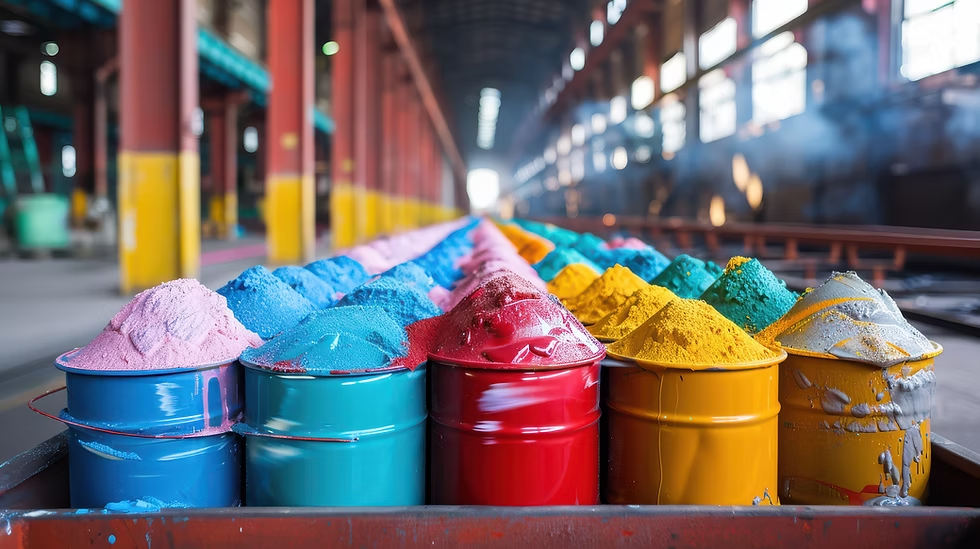How to Measure Opacity
Pigment yellow 13 manufacturer says that the measurement of pigment opacity is closely related to the type of coating substrate and coating thickness. Under specific pigment concentration and film thickness conditions, the coating is applied on specialized black and white comparison test paper. The opacity is then calculated by measuring the color difference between the black and white surfaces. Simply put, opacity refers to the ability of the coating to hide the color of the substrate. It is usually expressed as a coverage value, which indicates the amount of coating required to completely cover the black background (in g/m²). During opacity testing, lighting conditions play a crucial role. Only a natural light environment can provide objective and accurate results.
What Does the Opacity Index Represent
When light passes through a transparent medium, it remains unchanged until it reflects off the surface of a substrate. However, when light encounters an opaque medium, it cannot penetrate and is instead either absorbed or reflected. For this reason, pigment optical properties cannot be described simply as “transparent” or “opaque.”
Opacity is the ability of pigments to uniformly cover the surface of an object and conceal the underlying color. The opacity index of a coating is achieved through two primary mechanisms: light absorption and light scattering. For instance, black pigments absorb light at all wavelengths, offering strong opacity. Color pigments achieve opacity by selectively absorbing specific wavelengths of light. White pigments, on the other hand, do not absorb light but reflect it strongly through scattering, thus providing high opacity.

Measures to Improve Pigment Opacity in Coating Systems
Opacity is one of the most fundamental performance requirements in coating applications. This is especially true for yellow paints, as yellow pigments have relatively poor light absorption, relying instead on light scattering to achieve opacity. This is also why vibrant organic pigments are often seen as having weaker opacity compared to inorganic pigments. As a result, formulators frequently select inorganic pigments with strong scattering effects and high opacity, such as chrome yellow, for applications requiring strong coverage.
To improve opacity in coating systems, formulators can employ several strategies:
● Use of Inorganic Pigments: Adding inorganic pigments like titanium dioxide (TiO₂) and iron oxide pigments significantly enhances the opacity and tinting strength of organic pigments. Titanium dioxide, in particular, is the most widely used pigment to improve coating opacity due to its excellent light scattering capabilities.
● Increasing Light Absorption: Incorporating small amounts of carbon black into the coating system can significantly improve the opacity of organic pigments. This works because carbon black absorbs almost all incident light, compensating for the lower absorption and scattering abilities of organic pigments. However, to maintain good color saturation, the amount of carbon black added must remain within a permissible range.
● Optimizing Pigment Concentration: While adding more pigments can enhance opacity, higher pigment concentrations may negatively affect other properties, such as gloss or mechanical strength. Therefore, formulators must carefully balance pigment concentration to achieve the desired opacity without compromising other key properties.
● Layer Thickness Adjustment: Increasing the thickness of the coating layer can enhance opacity. However, this approach is often limited by considerations of drying time, application costs, and final appearance.
● Use of Hybrid Pigment Systems: In some cases, hybrid pigment blends combining organic and inorganic pigments are used. These blends balance opacity, color strength, and cost-effectiveness. Custom pigment blends are often designed to be environmentally friendly, serving as direct replacements for lead chromate pigments to reduce the need for costly reformulation.
By employing these methods, formulators can significantly improve the opacity of pigments in coating systems, ensuring better coverage, cost savings, and compliance with environmental regulations.





